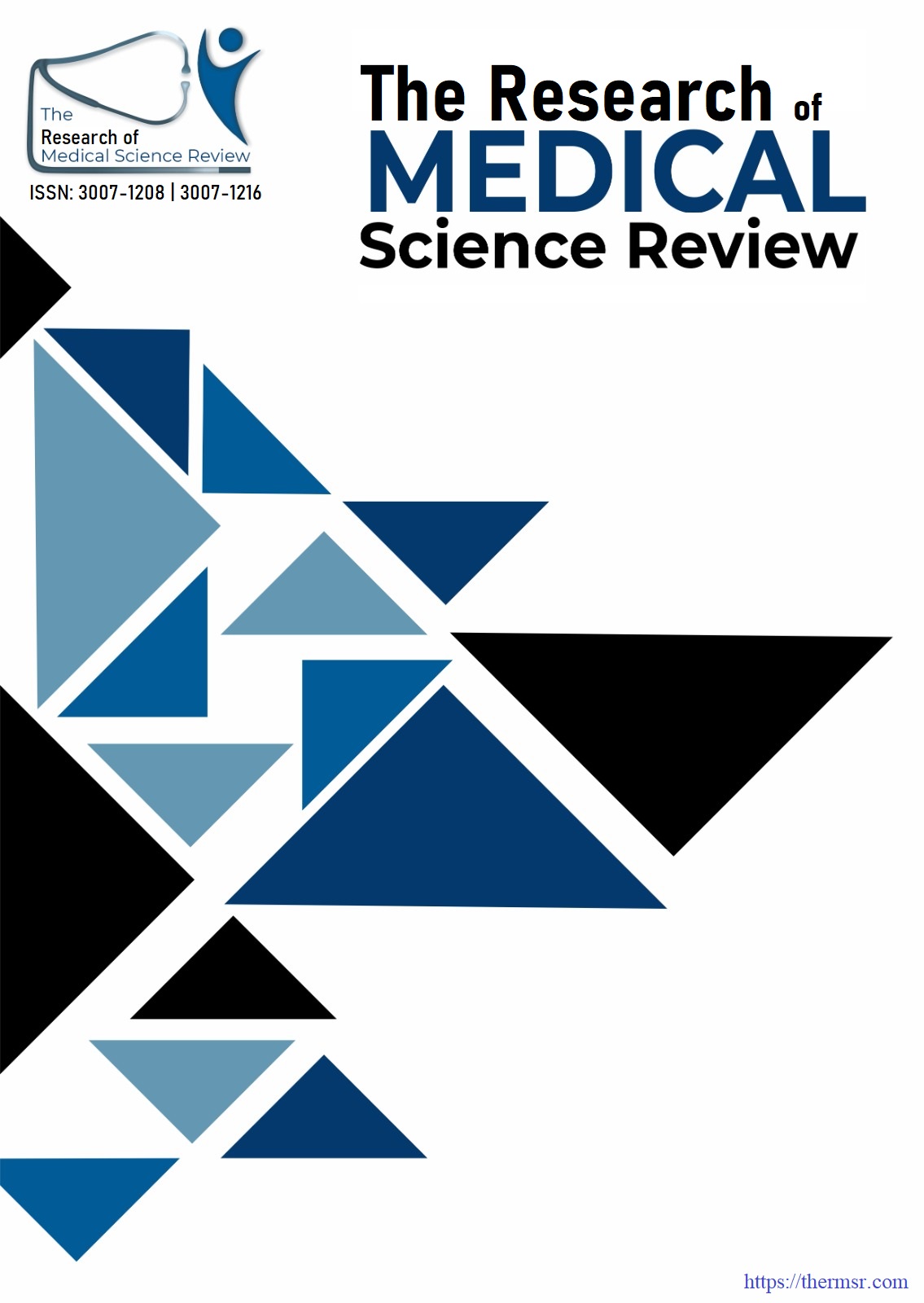COMPARISON IN TERMS OF EFFICACY BETWEEN TOPICAL CLOTRIMAZOLE AND TERBINAFINE FOR THE TREATMENT OF FUNGAL OTITIS EXTERNA
Keywords:
Fungal otitis externa, Clotrimazole, TerbinafineAbstract
Background: Fungal otitis externa, also known as otomycosis, is a superficial fungal infection affecting the external auditory canal. It is caused predominantly by fungal species such as Aspergillus (particularly Aspergillus niger) and Candida (notably Candida albicans. Objective: to compare the efficacy of topical clotrimazole and terbinafine in the treatment of fungal otitis externa. Patients and Methods: The sample size was determined using power analysis to detect a significant difference in efficacy between clotrimazole and terbinafine. The required sample size per group is 197 patients, meaning a total of 394 patients was included in the study to achieve 80% power at a 5% significance level for detecting a 10% difference in efficacy between clotrimazole and terbinafine. Patients were applied 1% terbinafine cream topically twice daily for one week and 1% clotrimazole cream topically twice daily for four weeks. Results: Fungal Otitis Externa (FOE) to Clotrimazole treatment at Week 2, 51 cases showed the presence of FOE, while 283 cases had an absent infection. By Week 4, the number of present cases increased significantly to 280, while 54 cases were absent. In Week 6, 286 cases were still present, with only 48 cases absent. In Terbinafine treatment, by week 4, the number of present cases remained high at 271, whereas 51 cases were absent. At Week 6, 275 cases still showed FOE and 47 cases were absent. Conclusion: These results suggest that Clotrimazole and Terbinafine are highly effective initially and may reduce FOE presence in some cases, a significant number of cases persist over time, similar to Clotrimazole treatment outcomes.
Downloads
Downloads
Published
Issue
Section
License

This work is licensed under a Creative Commons Attribution-NonCommercial-NoDerivatives 4.0 International License.















